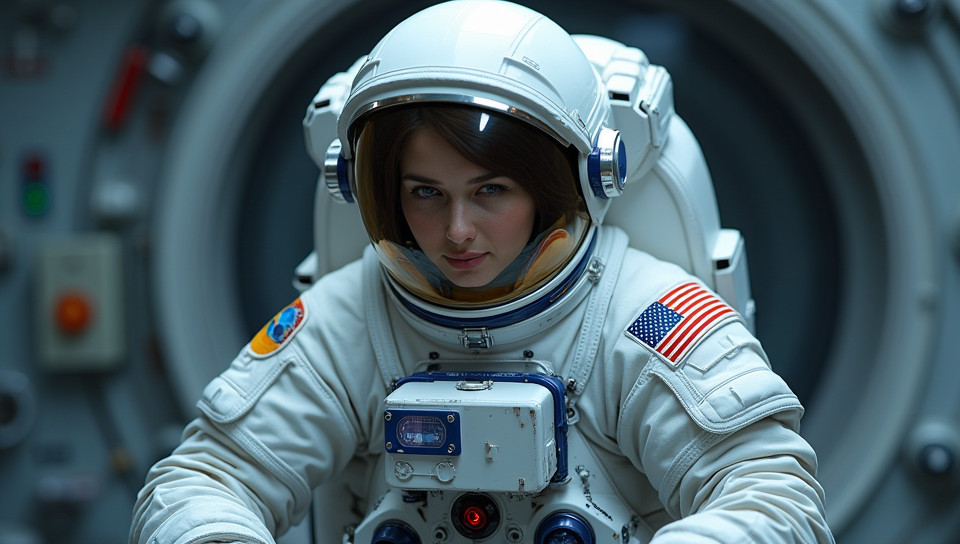Astronauts undergo rigorous training before space missions begin 84%

Astronauts' Journey to Space: The Unrelenting Path
As we continue to push the boundaries of space exploration, it's essential to recognize the incredible efforts made by astronauts before embarking on a mission to space. Their training is no joke; it's an arduous and meticulous process that equips them with the skills and knowledge necessary to survive in one of the most unforgiving environments known to humans.
The Road to Astronaut Selection
Becoming an astronaut is not just about having a passion for space exploration; it requires a unique blend of education, experience, and physical conditioning. NASA receives thousands of applications from individuals worldwide, but only a select few are chosen to join the exclusive club of astronauts.
- They must have a bachelor's degree in a STEM field (science, technology, engineering, and mathematics) or medicine.
- They must have at least two years of relevant professional experience or 1,000 hours of pilot-in-command time in jet aircraft.
- They must pass a rigorous physical exam to ensure they can withstand the physical demands of space travel.
The Training Process
Once selected, astronauts undergo an intensive training program that lasts several years. This period is divided into three phases:
Basic Training
During basic training, astronauts learn about spacecraft systems, spacewalk procedures, and emergency preparedness. They also receive training on scientific and technical aspects related to their assigned mission.
Advanced Training
In the advanced phase, astronauts focus on specific skills such as robotics, operating equipment, and working in pressurized suits. They also participate in simulations that mimic real-life space scenarios.
Mission Training
As the mission date approaches, astronauts receive specialized training for their specific role. This may include learning about the equipment they'll use, practicing emergency procedures, and reviewing mission objectives.
The Payoff: A Safe and Successful Spaceflight
Astronauts' rigorous training is not just about preparing them for space travel; it's also about ensuring the success of the mission. Their dedication to their craft is a testament to the incredible efforts made by individuals who push the boundaries of human knowledge and exploration.
As we continue to venture further into space, it's essential to recognize the hard work and perseverance of astronauts. Their journey serves as an inspiration to us all, reminding us that with determination and passion, we can achieve greatness in even the most challenging environments.
- Created by: Sophia Perez
- Created at: Aug. 15, 2024, 11:33 p.m.
- ID: 7335
